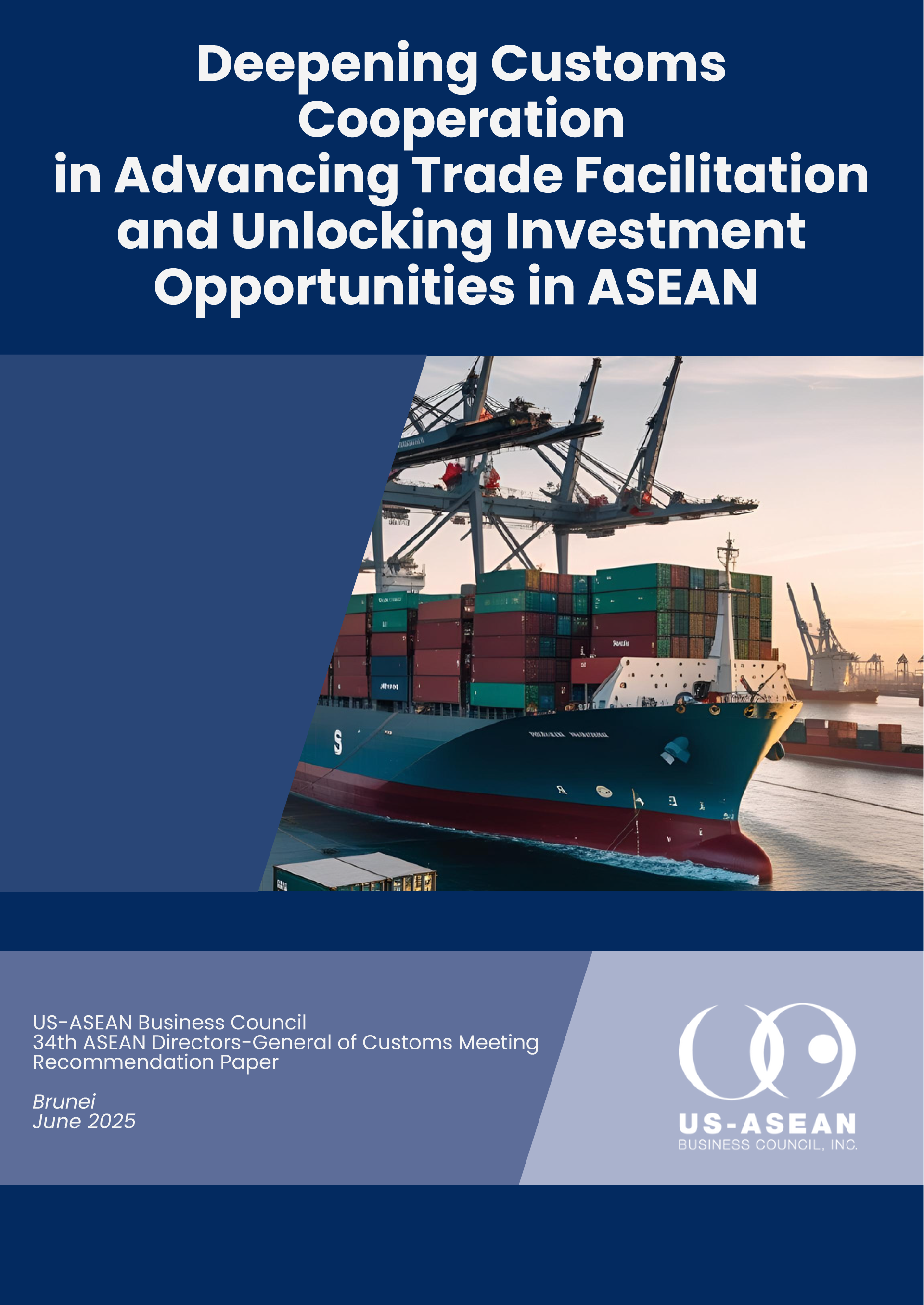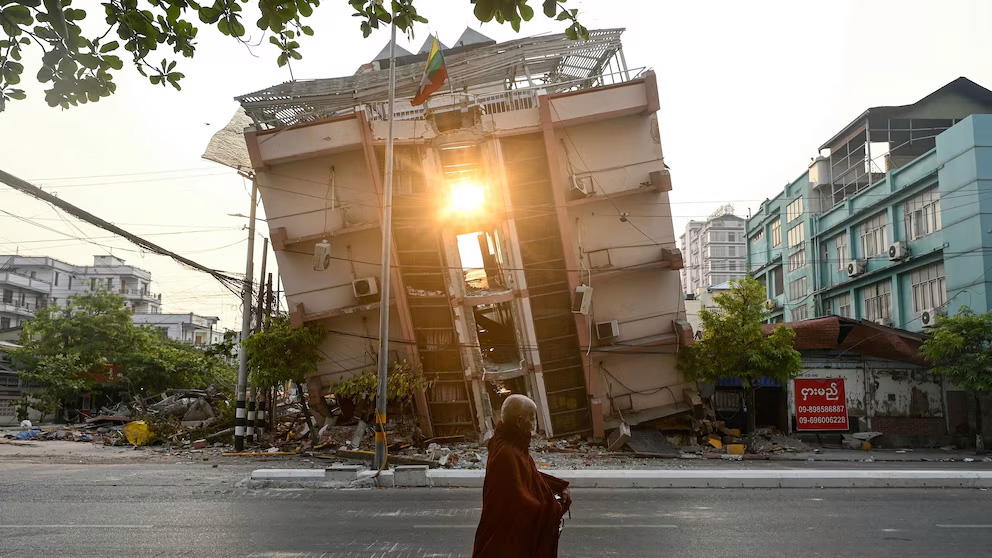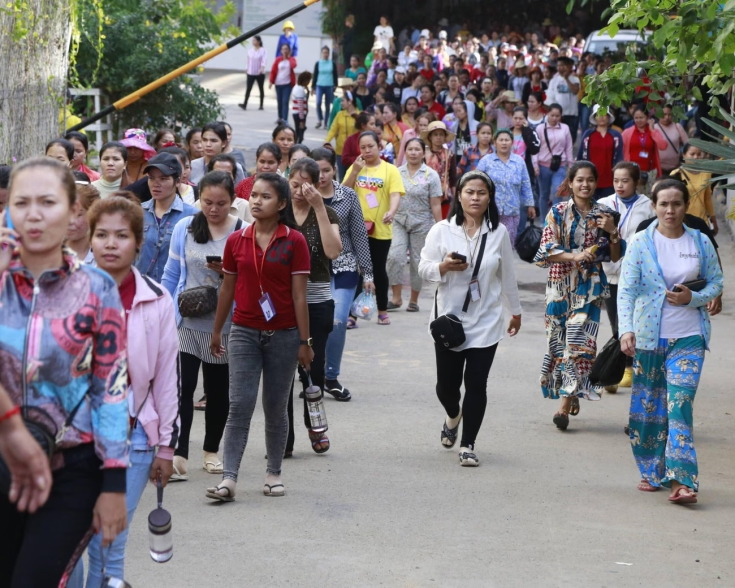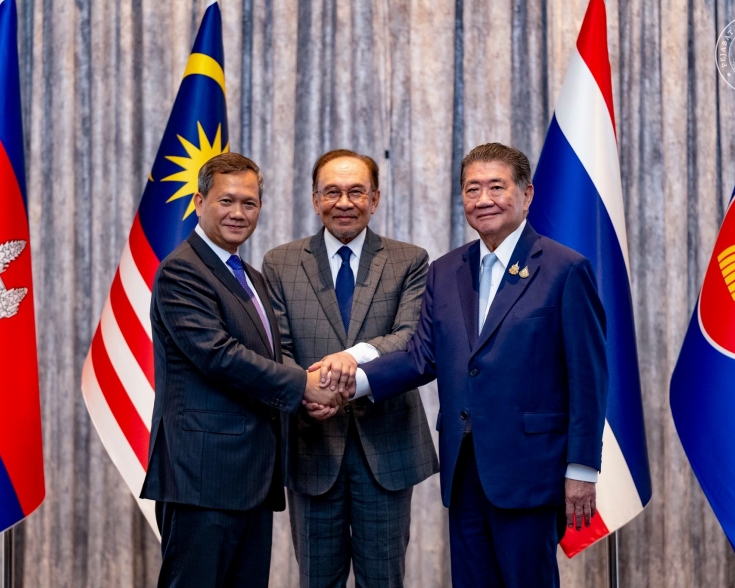Earthquake Situation Overview and Political Outlook
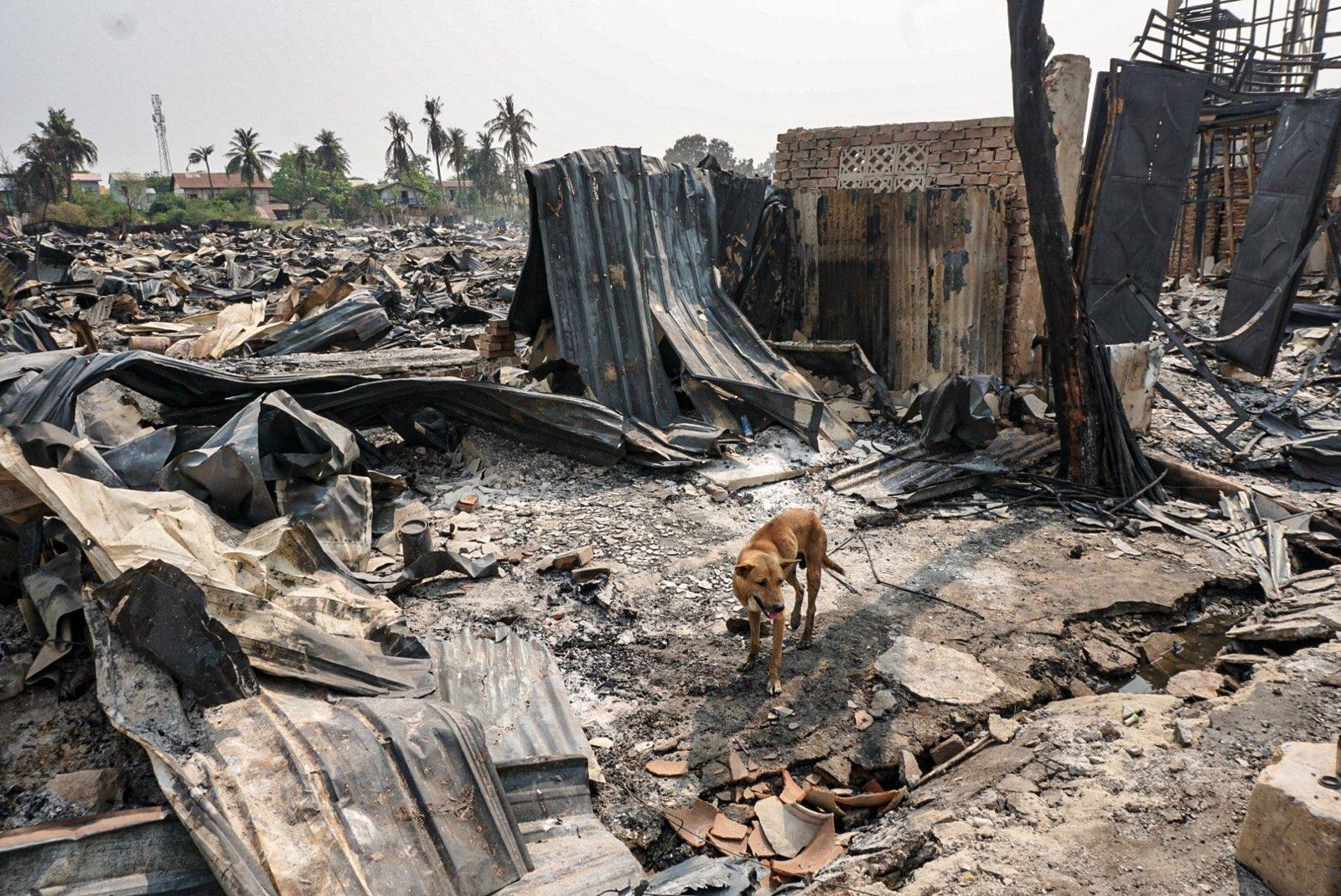
On March 28, a 7.7 magnitude earthquake struck Myanmar, the strongest one recorded in the country in the past century. Its epicenter was located about 10 miles northwest of Sagaing town along the Sagaing Fault. The quake shook central Myanmar and was felt in parts of Thailand, including Bangkok and Chiang Mai. The most severely affected regions include Sagaing, Mandalay, and the capital, Nay Pyi Taw.
Myanmar Now reports that as of April 29, 3,798 people were killed, 5,106 injured, and 106 remain missing, with the death toll estimated to exceed 10,000 according to the United States Geological Survey. According to a UN assessment, approximately 55,000 houses were damaged or destroyed. The earthquake has also severely disrupted governance, destroying about 70 percent of the State Administration Council (SAC)'s administrative mechanisms according to BBC News, and the U.N. Development Programme roughly estimates rebuilding costs may reach up to 5 billion USD.
The international community, especially regional neighbors rushed in for search and rescue and relief efforts. China, India, Russia, Malaysia, Thailand and Singapore and other countries have dispatched aid and relief/rescue teams, with Malaysia establishing a field hospital in Sagaing town. Thus far, China is the largest financial contributor for quake response, sending in 13.9 million USD worth of emergency aid initially, and pledging an additional $137 million. Australia has pledged 9 million USD aid in total, while the EU has committed 13 million euros, and the United Kingdom pledged up to 25 million pound sterling. ASEAN, through the AHA Center, facilitated aid contributions worth 633,000 USD as of April 21, from Japan, Switzerland, and France. In the meantime, the United States has pledged 9 million USD in humanitarian assistance.
While significant search, rescue, and aid efforts have taken place in Nay Pyi Taw and Mandalay, aid flows into Sagaing remain limited, both due to infrastructure damage and ongoing fighting on the ground. The Sagaing (old) bridge, which connects Mandalay to Sagaing, was destroyed., while the new Sagaing bridge, damaged in the quake, was operating at limited capacity as of April 5. Rural areas surrounding Sagaing town, home to resistance strongholds, remain largely inaccessible to international humanitarian responders, relying instead on grassroots relief efforts.
Following the disaster, opposition groups and the military declared unilateral, temporary ceasefires. The National Unity Government (NUG) was the first to announce a ceasefire, followed by members of the Three Brotherhood Alliance, to support earthquake relief efforts. On April 2, the Myanmar military declared its own unilateral ceasefire, which was subsequently joined by the Kachin Independence Army (KIA). As of this writing, no group has extended the ceasefire for another month, except for the 3BHA, which recently extended its truce through the end of May. However, as with previous ceasefires, temporary truces do not hold much weight, lacking commitment across the board and any reliable mechanisms for monitoring ceasefire. The military resumed airstrikes, including in earthquake-affected areas, while opposition forces such as the KIA jointly captured Indaw town in Northern Sagaing with NUG’s People’s Defence Forces (PDF), and the Arakan Army (AA) maintained its operations along the Rakhine, Irrawaddy, and Bago fronts.
Amidst persistent fighting on the ground and relief efforts constraint, Malaysia, as ASEAN chair, made an ambitious diplomatic push by meeting separately with SAC leader Min Aung Hlaing and NUG Prime Minister Mahn Win Khaing Than last month. Following these engagements, Malaysian Prime Minister Anwar Ibrahim announced a mutual agreement of both parties to extend the ceasefire, with the military later confirming an extension through the end of April. Nevertheless, hostilities have persisted, with continued airstrikes by the military and opposition’s operations on the ground.
Despite the widespread destruction caused by the earthquake and large-scale disruptions to administrative functions, SAC leader Senior General Min Aung Hlaing, during a meeting with Nepal’s Prime Minister at the BIMSTEC Summit, affirmed that the planned general elections scheduled for December 2025 to January 2026 will proceed as planned. However, capacity remains severely limited: the SAC has managed to complete a census in only 145 out of 330 townships across Myanmar. Ongoing conflict continues to ravage the country, with many of the remaining townships either under resistance control or facing an active opposition presence. There has, however, been a recent notable development in northern Shan State that may support the SAC’s expanded census efforts to certain extent. According to observers’ comments reported by Myanmar Now, following the handover of Lashio town administration to the Myanmar military, the SAC may seize this as an opportunity for census collection in that area where they have previously failed to do so. In addition, as observers have noted, there has been precedent with the 2008 Cyclone Nargis following which, the military proceeded with a referendum on the draft constitution, which heralded in the 2010 elections and subsequent political transformation that paved the way for quasi-civilian rule between 2011-2021.


![Cover-[USABC-Final]-Driving-ASEAN-Unity-Malaysia's-Vision-for-2025](/sites/default/files/2025-07/Cover-%5BUSABC-Final%5D-Driving-ASEAN-Unity-Malaysia%27s-Vision-for-2025.jpg)
